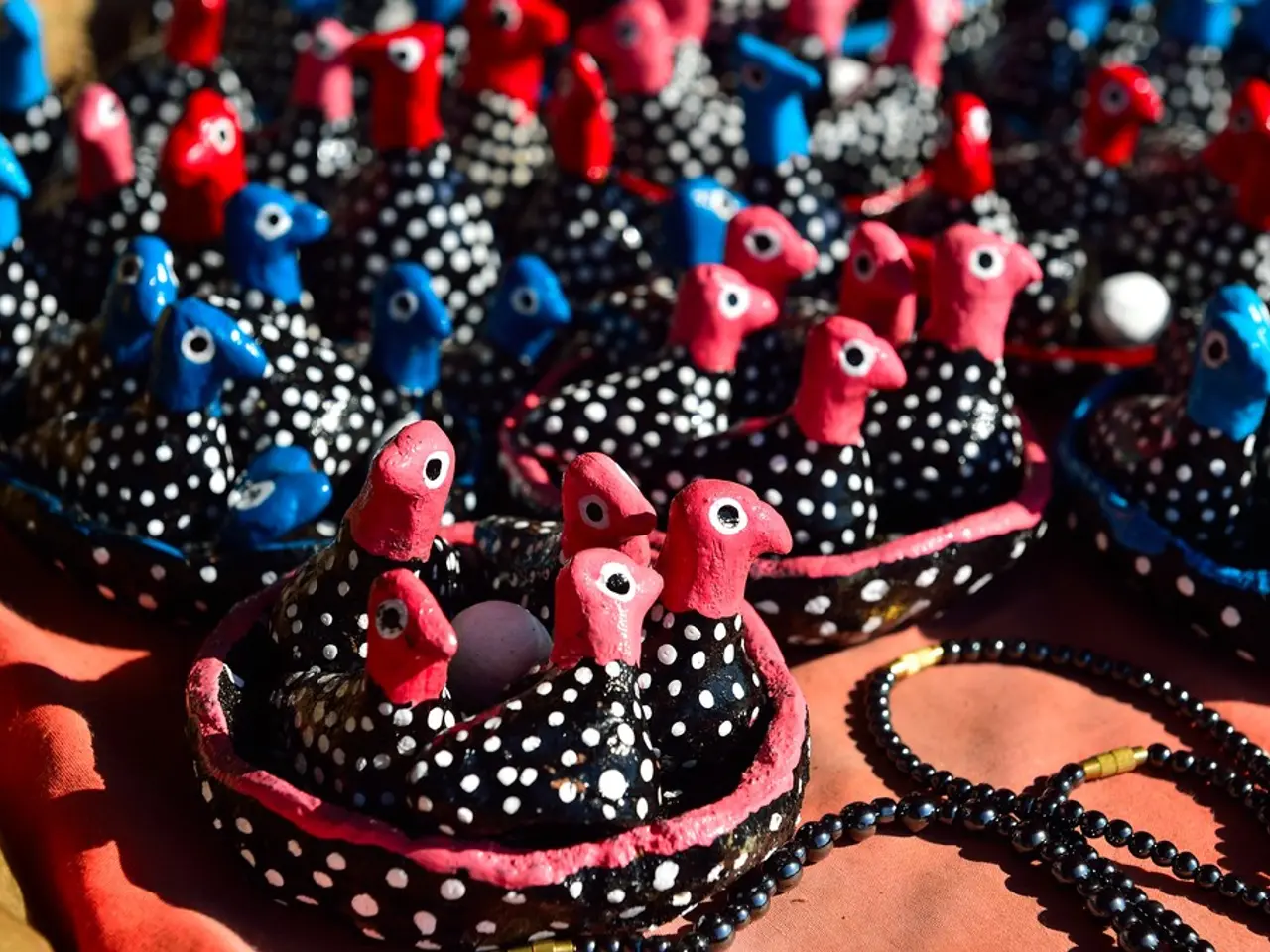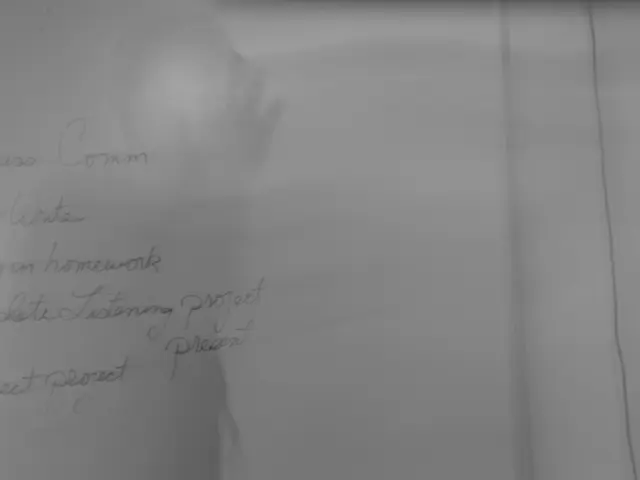Restoring the Pearl Trade in United Arab Emirates
The pearling industry in the Gulf region, including Bahrain, Kuwait, and the United Arab Emirates (UAE), held a significant place in the global economy from the 16th century to the early 20th century. This historic industry provided substantial income and employment to coastal communities and shaped social and political structures before the discovery of oil.
Bahrain was the centerpiece of the Gulf pearling economy due to its rich pearl banks. Pearling was a dominant source of wealth and was closely tied to social organization and the economy. In Kuwait, the industry supported large fleets of pearling boats serving Indian and European markets, employing many men seasonally. The pearling industry in the UAE was key along the Western Gulf coast, centered on places like Dubai, Abu Dhabi, and the town of Julfar (modern Ras Al Khaimah).
During the pearling season, known as al-ghaws al-kabir, which ran from June to September, about 4,500 pearling boats operated from Gulf ports employing over 74,000 men. Pearling provided about 80% of the revenue for Sheikh Zayed bin Khalifa Al Nahyan, enabling distribution of wealth and political influence.
The allure of pearls transcends nationalities, cultures, and even earthly concerns. In 1912, Jacques Cartier, a notable figure, voyaged to the Gulf region to source the world's most magnificent pearls. A strand of matching cultured pearls may take eight years to collect, while a strand of natural pearls can take a lifetime.
Fast forward to the present day, and the Suwaidi Pearl Farm in Ras Al Khaimah is reviving the UAE pearling industry. The farm offers a unique hands-on experience in the midst of nature that leaves visitors with knowledge and memories that will last a lifetime. Founder Abdulla Al Suwaidi finds approximately sixty cultured pearls in a batch of one hundred oysters, of which roughly ten may be of high quality.
The Suwaidi Pearls are special due to their heritage and the use of molluscs from the shores of Al Rams. The pearls exhibit thirteen different colors, which are determined by the mollusk in which they grew. The nacre, the material that forms pearls, is made up of calcium carbonate, aragonite, and conchiolin, a tough, insoluble protein. The aragonite platelets in the nacre create iridescence, a lustrous rainbow-like play of color.
Visitors to Suwaidi Pearls will be able to witness the delicate seeding or nucleation process of the cultured Gulf pearl and explore the Al Rams lagoon and pearl beds of varying stages of development. The protected saltwater lagoon in Al Rams, where Suwaidi Pearls is located, is primal and teems with flora and fauna, and benefits from rainwater and increased oxygen levels.
Today, over ninety percent of pearls on the market are cultured. Kokichi Mikimoto was the first to culture a spherical pearl in 1905. The perfection of Gulf pearls is due to the unique environmental conditions of the Arabian Peninsula, which provide unpolluted water rich in minerals and nutrients.
Suwaidi Pearls aims to continue this tradition by cultivating the Pinctada Radiata oyster, a member of the great natural pearl-bearing oyster family. During the tour, Abdulla Al Suwaidi demonstrates equipment that has been passed down through generations. A pearl from Suwaidi Pearls is not dyed, irradiated, or treated.
[1] Al-Khalifa, A. (2015). Pearling in Bahrain: A Historical Overview. Bahrain Authority for Culture and Antiquities. [2] Al-Hussein, A. (2012). The Gulf Pearling Industry: A Socio-Economic History. Oxford University Press. [4] Al-Shaikh, A. (2017). The Pearl Diving Industry in Kuwait: A Historical Overview. Kuwait History Bulletin.
- The historical book, "Pearling in Bahrain: A Historical Overview" by Al-Khalifa, provides an in-depth analysis of the significant role pearling played in Bahrain's social and economic structure.
- In addition to pearling, membership in industry-related organizations, such as the Gemmological Association of Great Britain or the pearl-focused Pearl Trade Council, can offer valuable insights and resources for those interested in the finance and business aspects of gemmology.
- A series of workshops or courses focused on pearl cultivation, gemmology, and the history of the Gulf pearling industry could be a valuable resource for artists, jewelers, and those interested in preserving and promoting the heritage of this unique region.




